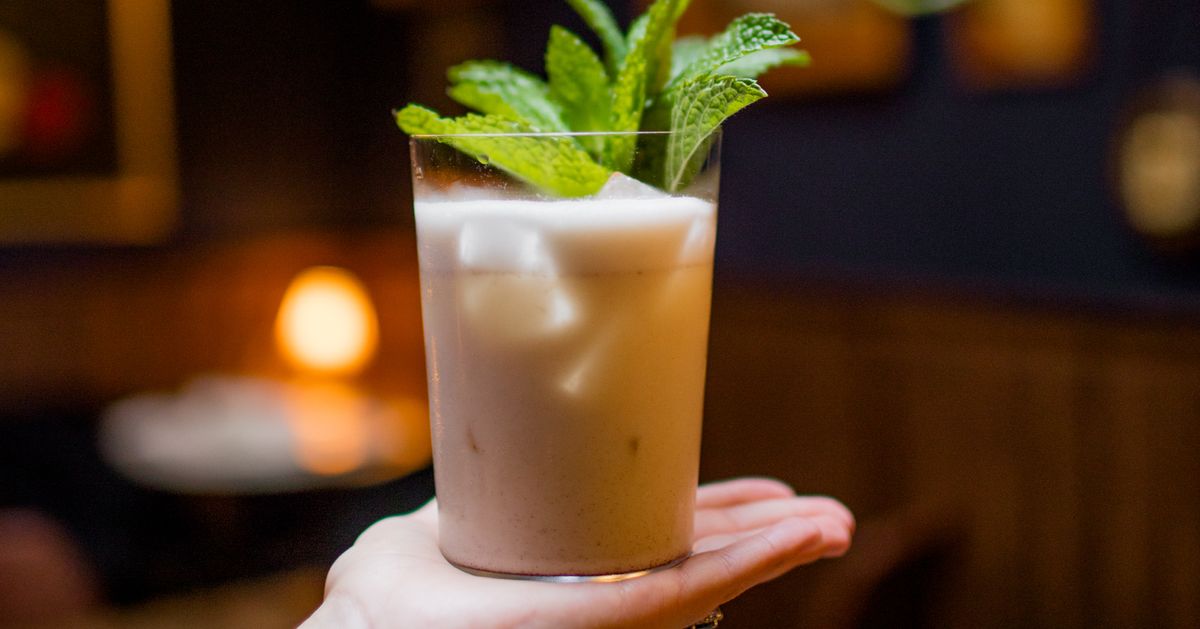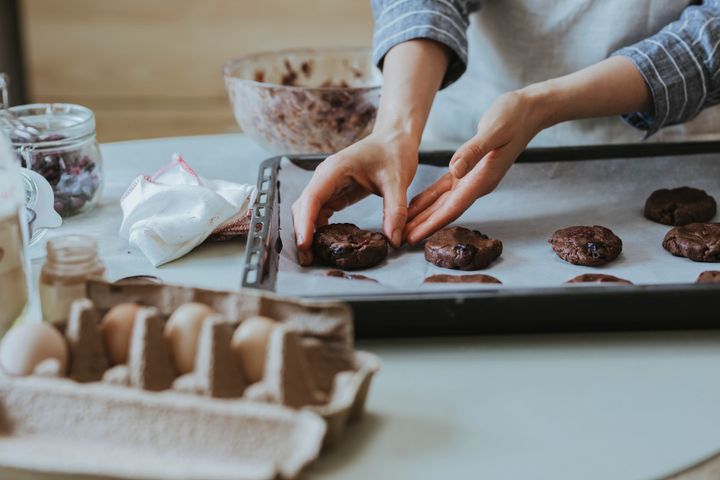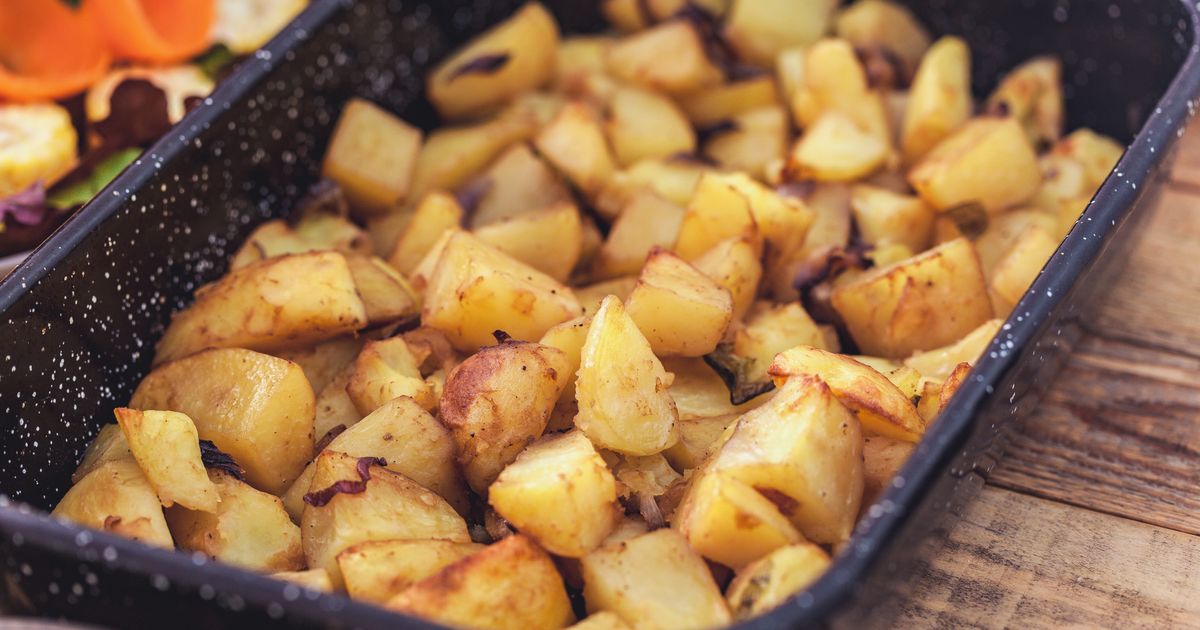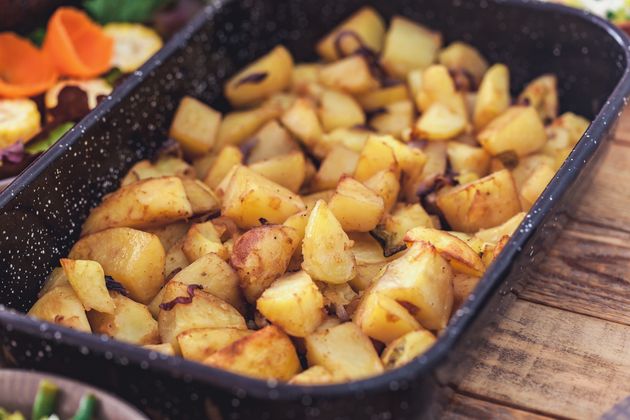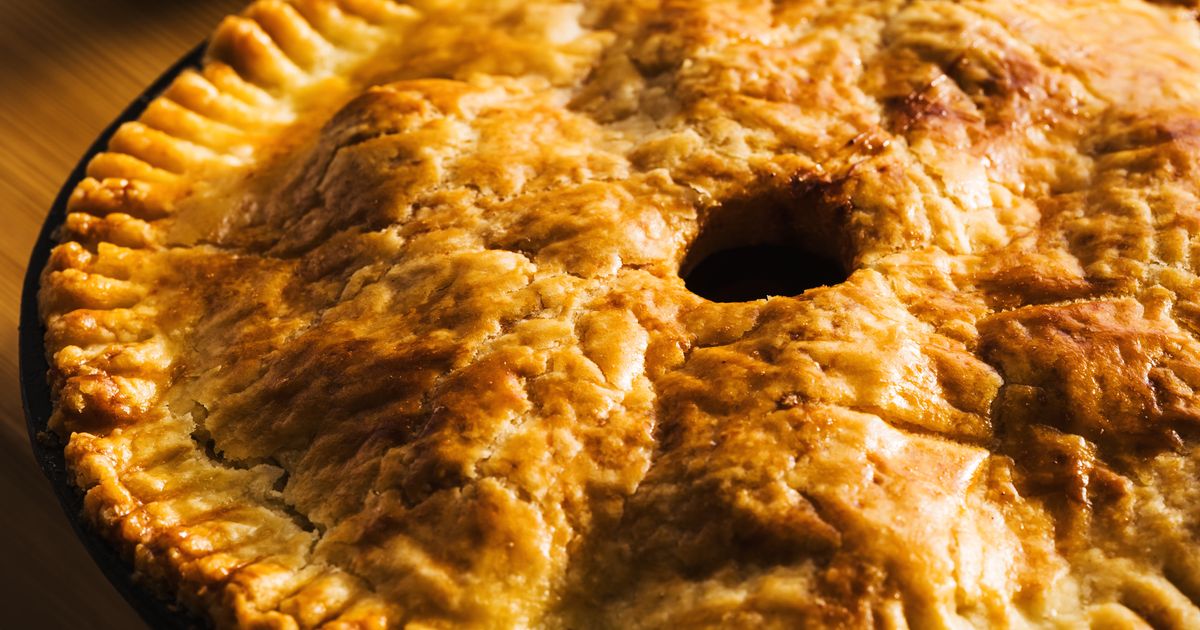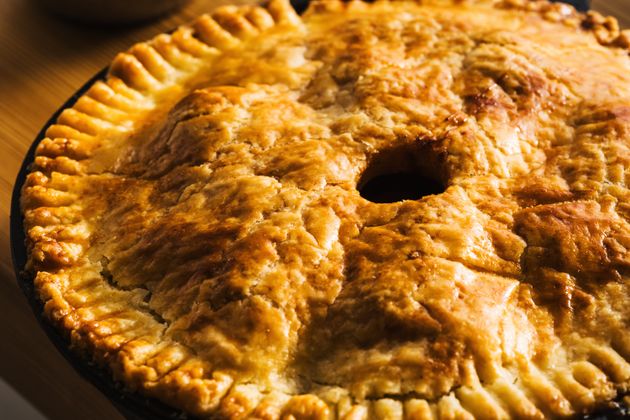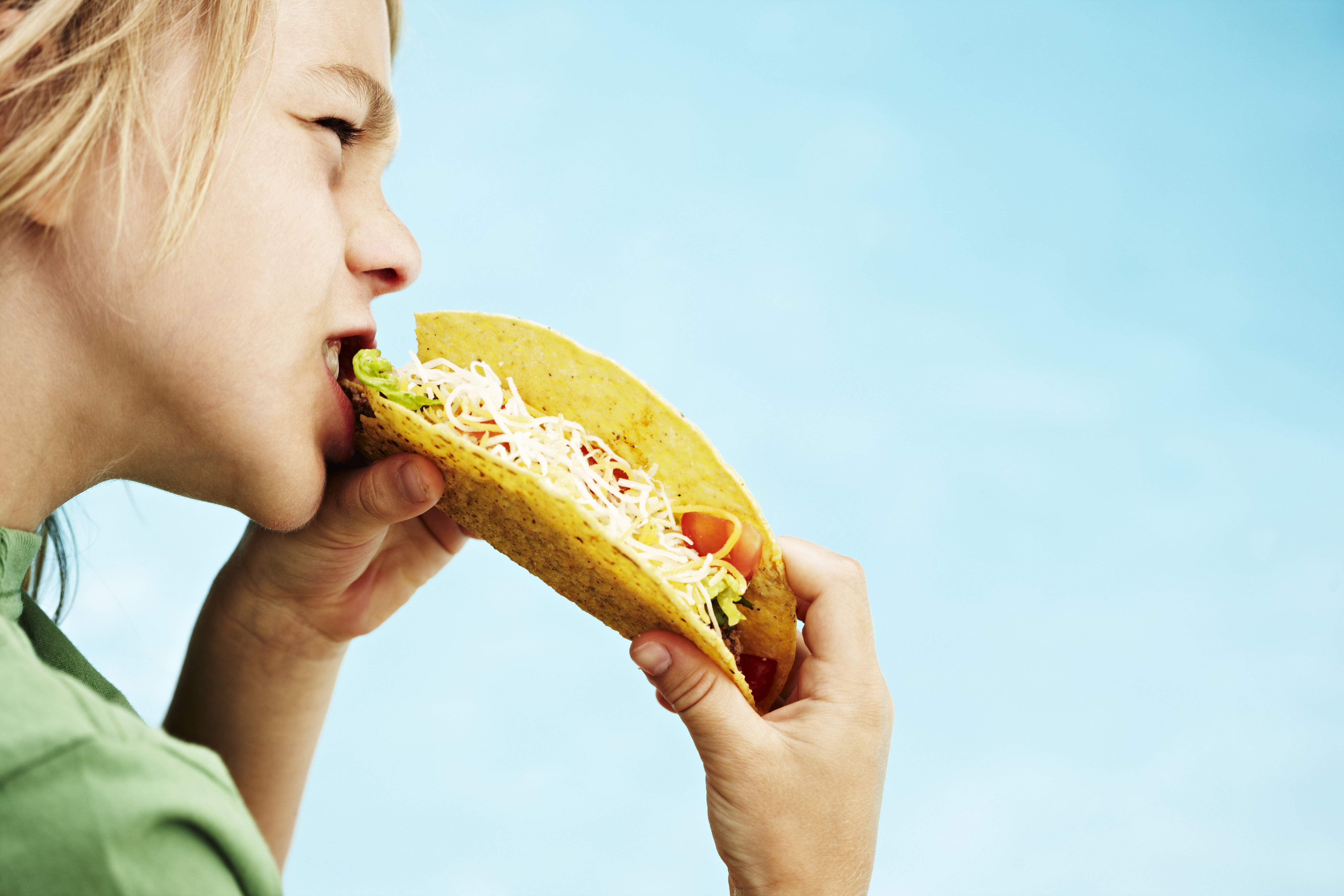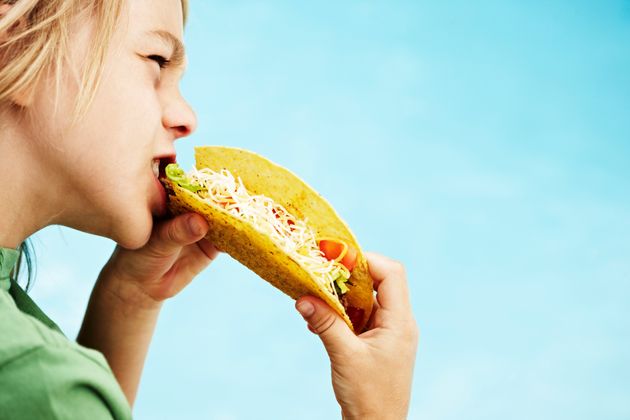The holidays traditionally are for getting together with the people you love most. Tradition also holds that it’s the season of office parties and other semi-mandatory affairs. Whether you’re attending the next cocktail (or ugly sweater) party excitedly or begrudgingly, a good cocktail is likely to improve the evening.
While there’s nothing wrong with hot toddies or spiked eggnog (actually — I take it back, there’s plenty wrong with eggnog), an expert-designed seasonal cocktail could be a nice change of pace. Warm your bones with one of these recipes, shared by some of New York’s most impressive bars and restaurants, and give your guests the gift of a good, stiff drink.
You may have to make a trip to a bar specialty store, or, you know, the internet, to pick up some of the requisite ingredients, but we’ve included tips for substitution whenever possible. You’ll want a basic bartending set with a cocktail shaker, strainer and muddler to make these. We’ve also suggested glassware and garnishes for each cocktail, if you’re going all out. Also, flavoured syrups aren’t a bad investment — they’ll taste great in your coffee on Christmas morning.
Advertisement
When Smokey Sings

Courtesy of Casa Ora
Not into eggnog? Good news: You can offer your guests something comfortingly creamy that isn’t glorified boozy custard. Ivo Diaz, the co-owner, beverage director, and chef at Casa Ora, a stylish Venezuelan restaurant in Brooklyn’s East Williamsburg, shared this recipe for a rich and delicately spiced drink that’s sure to warm up your insides.
There is some prep involved, but you can make the chicha de arroz and cinnamon syrup hours or even days before guests arrive. To make things even easier, you can grab a bottle of premade cinnamon simple syrup online or at a kitchen specialty store.
Once you have your syrup and chicha on hand, you’re really only working with three ingredients, so it should be easy enough to shake these up for guests and still enjoy your party. For a really professional look, invest in a jumbo ice tray to make cocktail bar-ready ice blocks.
Advertisement
To make your own cinnamon simple syrup:
In a pot, muddle about 3/4 ounce (by weight) of cinnamon bark, and add 2 cups of water and 2 cups of Domino superfine sugar. Bring to a boil, stirring occasionally, then cover and reduce heat to a simmer for 15 minutes. Strain with a fine strainer before storing.
To make the chicha de arroz:
Combine 16 ounces rice milk, 1 can sweetened condensed milk, 1 can evaporated milk, and 1/2 teaspoon cinnamon powder in a blender until smooth. Store in a container and keep refrigerated.
To make the cocktail
Combine cinnamon simple syrup, chicha de arroz and mezcal in a shaker with ice. Double strain into a rocks glass over a jumbo rock block and garnish with mint leaves.
Nashi Sour

Courtesy. of Ophelia
Advertisement
Treat your loved ones to a partridge in a nashi pear tree — or at least a creative and pear-flavored take on a classic whiskey sour. The Nashi Sour, by bar director Amir Babayoff of Ophelia in Manhattan’s Midtown East, features spiced winter fruit flavours frothed up with egg white.
We suggest you buy liquid egg whites rather than having to deal with cracking eggs and separating yolks while you’re trying to entertain company. For the most faithful version of this drink, try to stick to Babayoff’s suggested liquors as much as possible. Again, you can find ginger and cinnamon syrups online, if not at your local HomeGoods; or, you could go full elf and make your own.
Add all ingredients, dry shake, add ice, shake and double strain into a Nick and Nora glass. To garnish like the restaurant does, cover half of the top of the glass with a square white paper and spray or sprinkle chai powder on just half of the foam.
Cranberry Cup
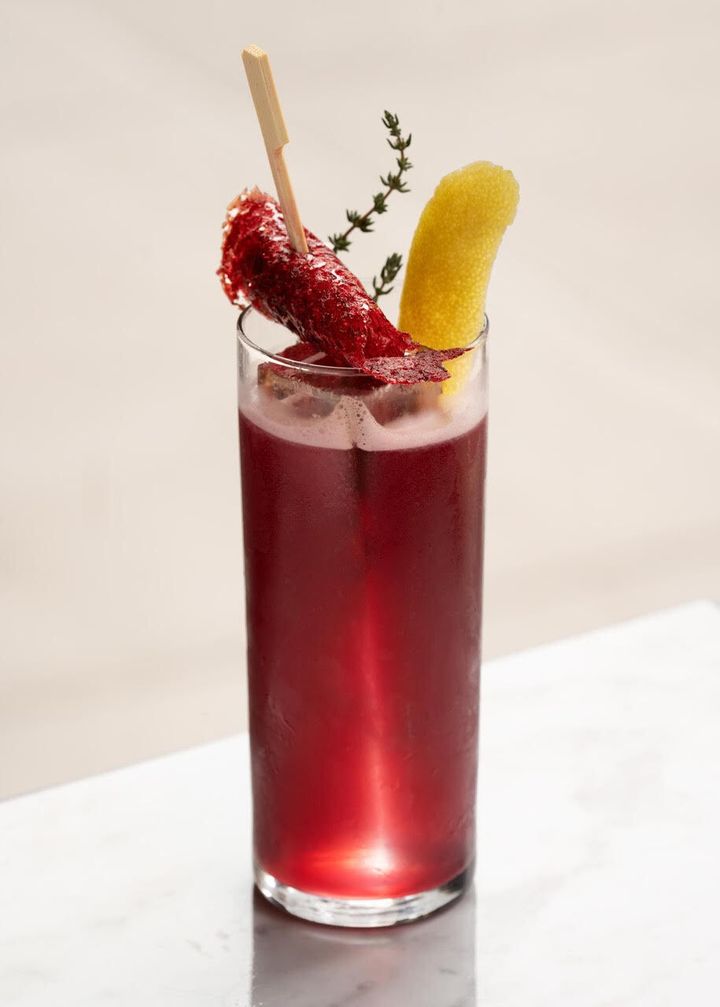
Courtesy of Lindens
Advertisement
If you haven’t yet had your fill of cranberry sauce (I know I haven’t), this vodka-wine spritzer by Gary Wallach, beverage director at Lindens, could be your new party signature. The bar, newly opened at the Arlo Soho in New York, serves theirs in a highball glass, dressed with an elaborate garnish of fresh thyme, lemon zest and a roll of dried cranberry leather.
If you can’t find thyme and apple liqueurs at your local liquor store, snag them online. Same goes for the spiced cranberry shrub — a traditional mixer made with sugar and vinegar for a tangy-sweet taste. You can make your own if you’re feeling ambitious. But if you’re normal, you can find inexpensive craft shrub online — here are a couple of options we found.
Once you’ve shaken all the other ingredients together, top it off with Lambrusco, a sparkling and often sweet red wine, to taste.
-
1 dash angostura bitters
-
1 teaspoon thyme liqueur
-
1/2 ounce spiced cranberry shrub
-
3/4 ounce lemon juice
-
1/4 ounce apple liqueur
-
1.5 ounces vodka (Belvedere is suggested)
-
Lambrusco, free pour
-
Optional: thyme sprig, lemon twist, cranberry fruit leather, and/or grated nutmeg, to garnish
Add all ingredients except for Lambrusco into a small cocktail shaker. Add ice and shake vigorously. Strain into a highball glass over fresh ice, top with Lambrusco and garnish. Lindens uses a thyme sprig, lemon twist, cranberry fruit roll-up and grated nutmeg.
Advertisement
Raspberry Mint White Chocolate Holiday Cocktail

Courtesy of Mala Project
From Christmas cookies to candy canes, December is the time when your sweet tooth is likely to reign supreme. If you’re hoping for a cocktail that will fulfill your candy cravings, Irene Li of New York’s MáLà Project restaurants has one that combines chocolate, peppermint — and some raspberry for good measure. You’ll probably have to buy a few new liqueurs for your stash, so consider getting nice ones that you’ll be excited to experiment with all winter.
Combine white chocolate liqueur, peppermint schnapps, raspberry liqueur, vanilla extract and vodka in a shaker. Fill the shaker with ice and shake until all ingredients are well incorporated.
Pour into a chilled rocks glass. Top off with crushed candy cane pieces and a peppermint stick or two (or three … we’re not counting).
Advertisement
Holiday Manzarita

Kartrite Resort
This light and fruity drink comes from the Kartrite Resort located in the Catskills in New York state, and it’s a great way to use up the last apples of the season.
Your first step is to muddle your fresh apple chunks, so if you don’t already have a muddler on your bar cart, now’s the time to pick one up. Or, you can simplify that step by just using your favourite store-bought apple cider.
And if you don’t already have St-Germain on hand, you won’t regret picking up a bottle. The herbal, elderflower-flavoured liqueur is a great cocktail staple that you’ll find uses for well into the spring. As for the garnish, Kartrite serves the Manzarita with a flaming cinnamon stick — but you can feel free to leave yours unsinged.
-
1 1/2 ounces blanco tequila
-
1/2 ounce St-Germain
-
1/2 ounce cinnamon syrup
-
3/4 ounce fresh-squeezed lime juice
-
3-4 small cubed apple pieces (or 3/4 ounce of apple cider)
-
Cinnamon stick, to garnish
In your cocktail shaker, muddle the apple. Add all remaining ingredients to the shaker with ice. Shake for 6-8 seconds. Double strain into a rocks glass over ice. Garnish with cinnamon stick and serve.



